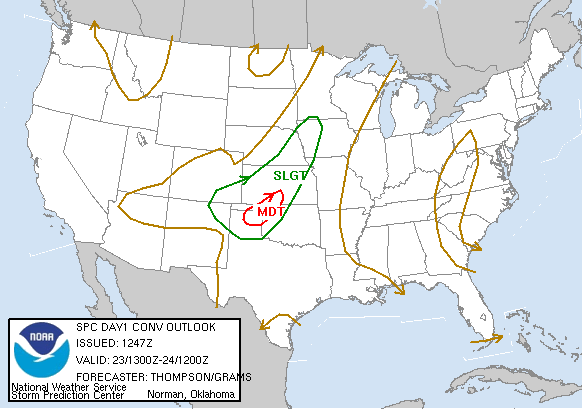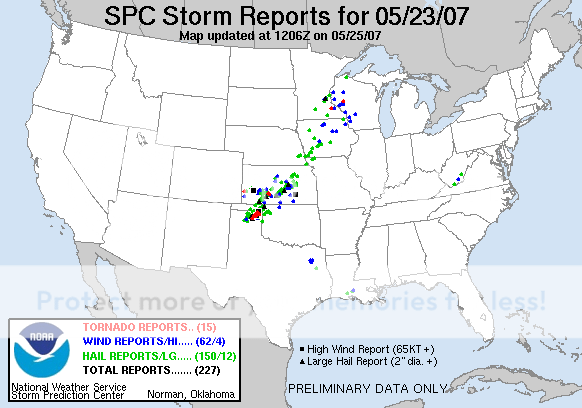Jason McKittrick
EF3
I wonder if anyone else has noticed that it seems like in the last two years SPC has been issuing MOD and HGH risks with a little more frequency than in years prior and with fewer verifications. I am curious as to whether this is an intentional shift in forecast philosophy or just a stretch of bad luck.
That said, I thought it would be nice to give the SPC forecasters a little love. Their day 1 forecast for Wednesday was one of the better forecasts I have seen them make in quite some time. Their MOD risk verified almost perfectly. Congratulations guys and thanks for all of your hard work. I sure you don't here that enough.


That said, I thought it would be nice to give the SPC forecasters a little love. Their day 1 forecast for Wednesday was one of the better forecasts I have seen them make in quite some time. Their MOD risk verified almost perfectly. Congratulations guys and thanks for all of your hard work. I sure you don't here that enough.






